Top Things to Know Before Buying Special Tools for Indoor Gardens
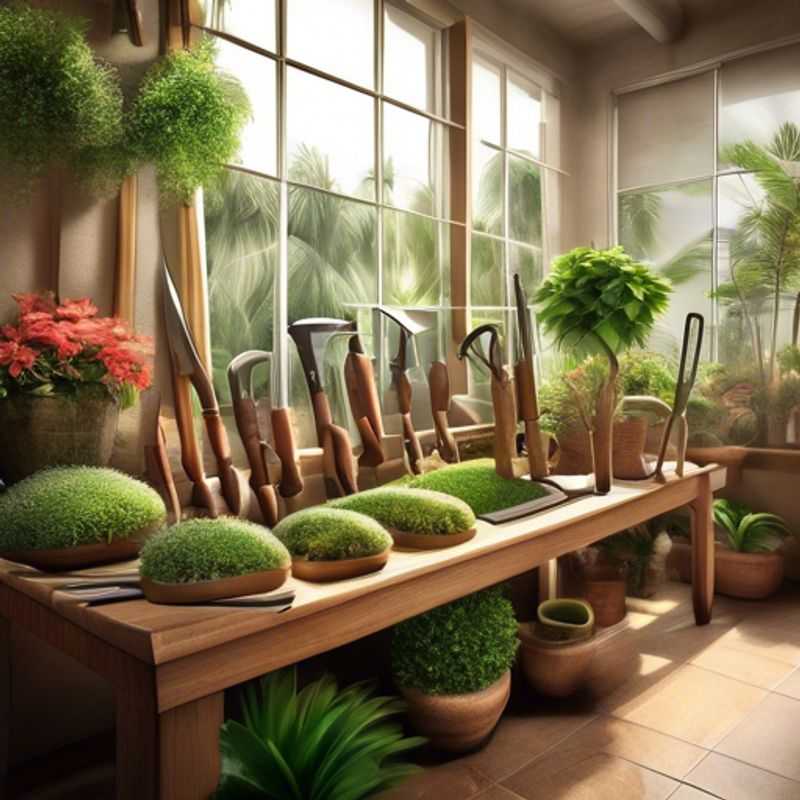
Top Things to Know Before Buying Special Tools for Indoor Gardens: Lighting, Soil, Plant Types, Features & Capabilities, Size, Durability, Adjustability, Cleaning, Safety
Ah, the joys of indoor gardening! A haven of greenery, right in your home. But before you dive into the world of specialized tools, let's take a moment to consider a few key points. You see, choosing the right tools can make all the difference in your success, fostering a thriving oasis. So, let's put on our thinking caps and delve into the essential considerations:
First and foremost, understand the specific needs of your indoor garden. Every plant has its own preferences, and your garden will flourish if you cater to them. Think about the amount of light your plants require, the type of soil they thrive in, and the overall climate they enjoy.
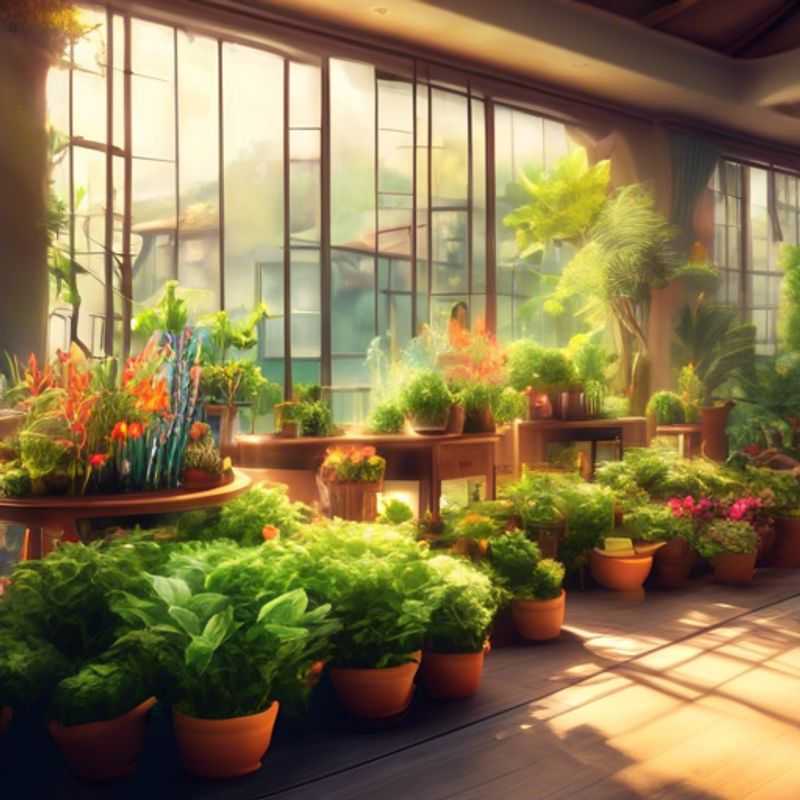
Cultivating Success: Understanding Your Indoor Garden's Needs
Indoor gardening is a rewarding hobby that can bring the beauty of nature into your home. However, successfully cultivating plants indoors requires understanding their specific needs, especially when it comes to lighting, soil, and plant types.
Lighting is crucial for plant growth. Most indoor plants require bright, indirect light. Artificial lighting sources, such as LED grow lights, can provide the necessary illumination, especially during winter months. You may need to invest in grow lights, which can range in price from a few dollars for basic bulbs to hundreds for specialized systems.
The right soil is essential for healthy plants. Well-draining potting mix is ideal, ensuring adequate aeration and water retention. You can purchase pre-mixed potting soil or create your own blend using peat moss, vermiculite, and compost. Be sure to choose a soil mix specifically designed for indoor plants, as they have different needs than outdoor plants.
Plant selection is critical for indoor gardening success. Choose plants that thrive in indoor conditions, considering factors such as light requirements, humidity tolerance, and pest susceptibility. Popular indoor plants include succulents, ferns, snake plants, and peace lilies.
Remember, every plant has unique needs, so research the specific requirements of your chosen plants before bringing them home. With proper lighting, soil, and plant selection, you can create a thriving indoor garden that brings joy and a touch of nature to your living space.

Digging Deeper: How to Research Gardening Tools for the Perfect Fit
Choosing the right gardening tools can make all the difference in your gardening experience. To ensure you select tools that suit your needs, take some time to research their features and capabilities. Start by considering the type of gardening you’ll be doing, whether it’s flowerbeds, vegetable gardens, or lawn care. Look for tools specifically designed for your needs.
Next, consider the size and weight of the tools, as this will influence how comfortable they are to use. For example, if you have a large garden, you might want a longer-handled rake or a more robust shovel. You should also pay attention to the materials they are made from, as this will affect their durability and lifespan. Seek tools made from high-quality materials for long-term use.
Researching different tools and their features can be as simple as reading online reviews, visiting gardening stores, or even asking for recommendations from experienced gardeners. This research helps you make informed decisions and ultimately, a more enjoyable gardening experience.
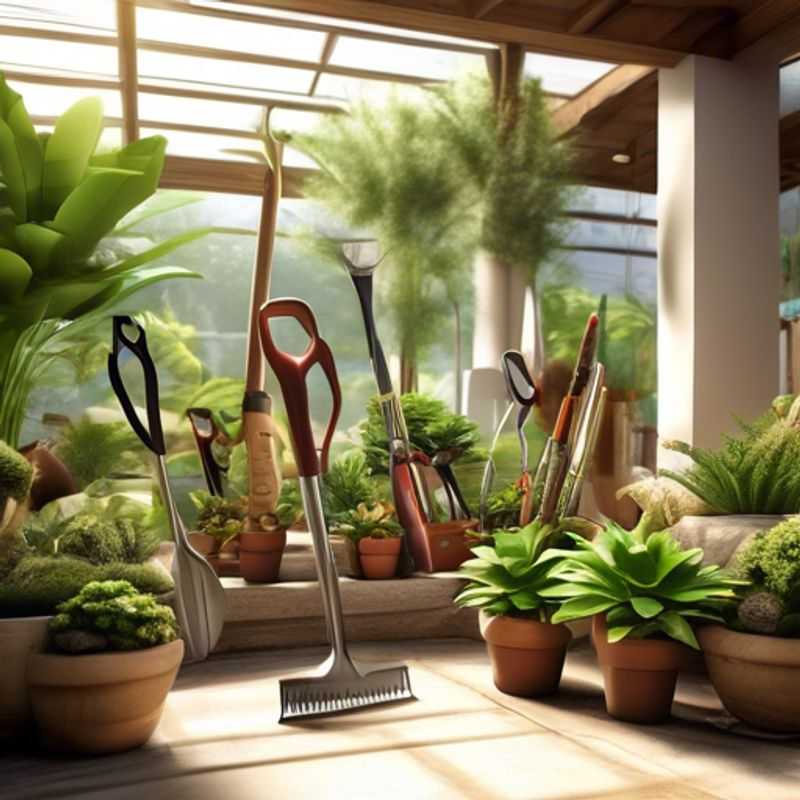
Optimizing Your Space: Choosing Compact and Easy-to-Store Tools
When choosing tools for your indoor space, consider the size of your space and the available storage options. Opt for tools that are compact and easy to store, ensuring they don't clutter your surroundings.
For example, if you have a small apartment, choose tools that fold up or have telescoping handles. This will help you save space and keep your home organized.
Additionally, consider purchasing tools with built-in storage features, such as tool boxes or organizers with compartments. This will help you keep your tools organized and readily accessible.
Remember, a well-organized tool collection makes your work more efficient and enjoyable. When choosing tools, prioritize both their functionality and ease of storage.
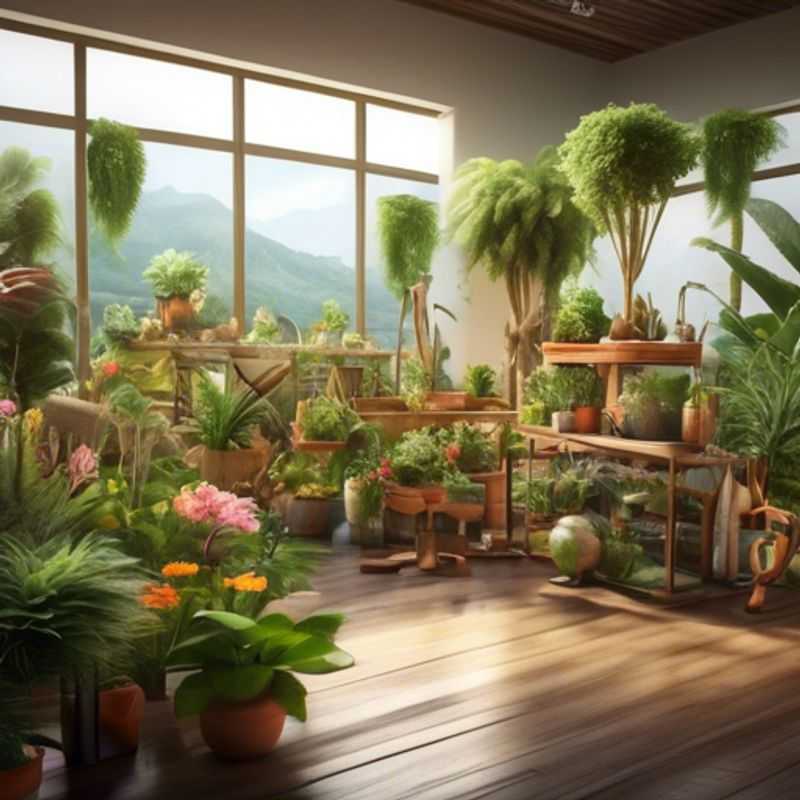
Built to Last: Choosing Durable Tools for Confined Spaces
When choosing tools for a confined environment, durability is paramount. Frequent use in tight spaces can lead to wear and tear, so selecting tools made of robust materials is crucial. Stainless steel, aluminum, and high-grade plastics are common choices for their resistance to corrosion, impact, and heat.
Consider the specific tasks these tools will perform. Heavy-duty construction tools might need sturdier materials than electronic repair tools.
Remember to factor in the cleaning and maintenance requirements of the materials. Some tools may require special cleaning solutions or routine lubrication to maintain their functionality.
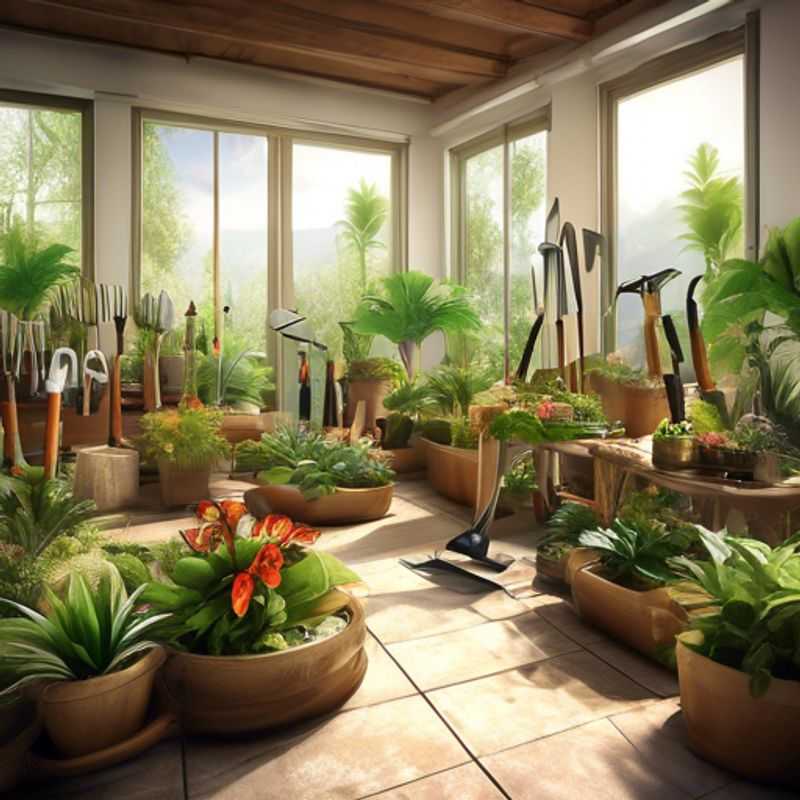
Grow with Your Plants: Choosing Tools with Adjustable Settings
Hey there, fellow plant enthusiast! Are you looking for ways to optimize your plant care routine? Look no further! Check for tools with adjustable settings can make a world of difference in providing the perfect environment for your plants to thrive.
Let's dive into the world of adjustable tools! Watering is a prime example: automated watering systems can adapt to the needs of different plants. Some systems even allow you to adjust the watering frequency based on the plant's specific growth stage.
Another crucial aspect is lighting. Adjustable grow lights are designed to mimic natural sunlight and offer different light intensities. You can adjust them to meet the specific light requirements of your plant, whether it's a shade-loving fern or a sun-hungry cactus.
Temperature is another key factor. Adjustable thermostats are available for greenhouses and indoor spaces. These tools allow you to create a controlled environment that suits your plants' needs.
Now, let's talk about cost. While adjustable tools can be an investment, their benefits can outweigh the initial expense. These tools can reduce water waste, enhance plant growth, and even save you time in the long run.
Remember, when choosing adjustable tools, look for features that suit your needs and the specific plants you're nurturing. Consider the size of your garden, the types of plants you have, and your budget. With the right tools, you can cultivate a vibrant and thriving garden that brings you joy and satisfaction. Happy gardening!
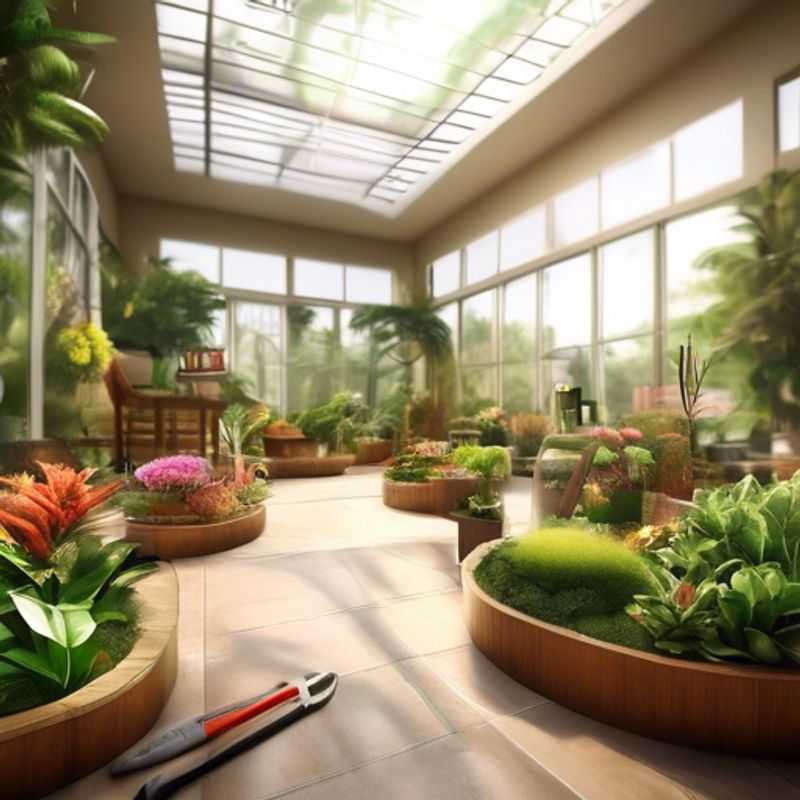
Invest in Easy-to-Clean Tools: A Recipe for Longevity
Investing in tools that are easy to clean and maintain can significantly extend their lifespan. Regular cleaning prevents dust, debris, and residue buildup, which can hinder performance and lead to damage. Opting for tools with removable parts facilitates thorough cleaning and maintenance. For example, a power drill with a detachable chuck allows for easy cleaning of the drilling mechanism. Durable materials like stainless steel or hard-anodized aluminum resist corrosion and scratches, making them suitable for frequent use and cleaning.
Look for tools with sealed bearings or o-rings to prevent dust and moisture ingress. Proper lubrication is essential, especially for moving parts. Consider tools with easy-to-access lubrication points for routine maintenance. Some tools require specialized cleaners and lubricants, so ensure these are readily available. Following the manufacturer's instructions for cleaning and maintenance is crucial. This often involves specific cleaning agents, procedures, and frequency recommendations.
Remember, investing in quality tools with easy cleaning and maintenance features is a smart decision. Regular maintenance will not only extend the tool's life but also ensure its optimal performance and efficiency. This investment can save you money in the long run by avoiding costly repairs or replacements.
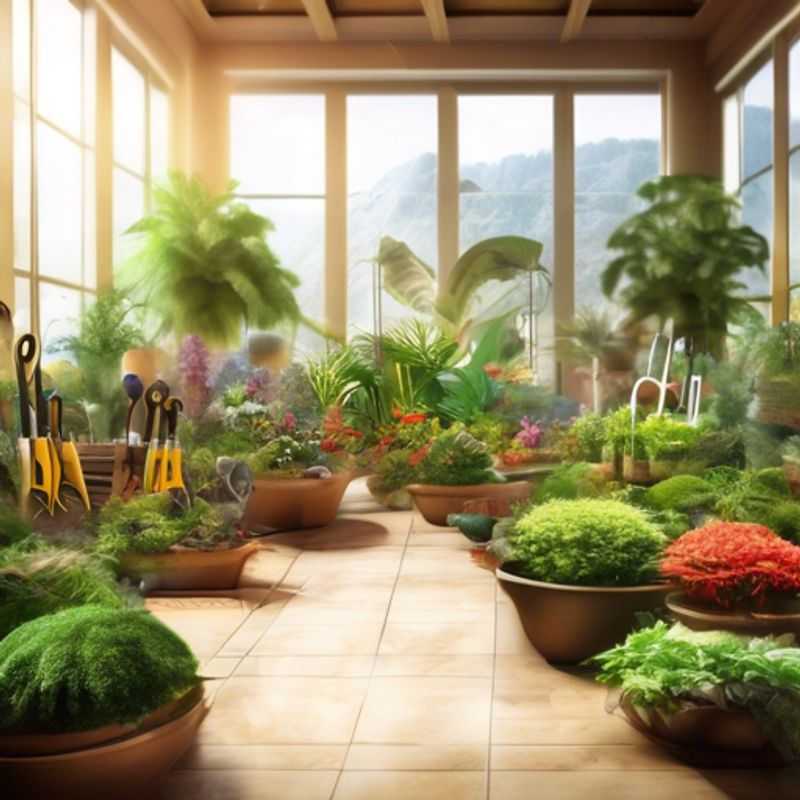
Prioritizing Safety: Blade Guards, Ergonomic Designs, and Injury Prevention
In the realm of power tools, safety should be paramount. While these tools can be incredibly useful, they also pose potential hazards if not handled correctly. To mitigate these risks, manufacturers and users alike should prioritize safety features like blade guards and ergonomic designs. Blade guards are essential for protecting users from flying debris and accidental contact with the cutting edge. They create a physical barrier between the blade and the user, significantly reducing the risk of severe injuries. Ergonomic designs, on the other hand, focus on optimizing the tool's shape, size, and weight distribution to minimize strain and fatigue during use.
By incorporating these features, we can promote a safer working environment and reduce the likelihood of accidents. Always remember to use appropriate personal protective equipment (PPE) such as safety glasses, gloves, and hearing protection when operating power tools.
Furthermore, regular maintenance is crucial to ensure optimal performance and safety. Inspecting tools for damage or wear and tear before each use is essential.
Remember, the most important factor in preventing injuries is operator awareness and responsible use. By prioritizing safety features and adopting safe work practices, we can harness the power of these tools while minimizing the risk of accidents.
